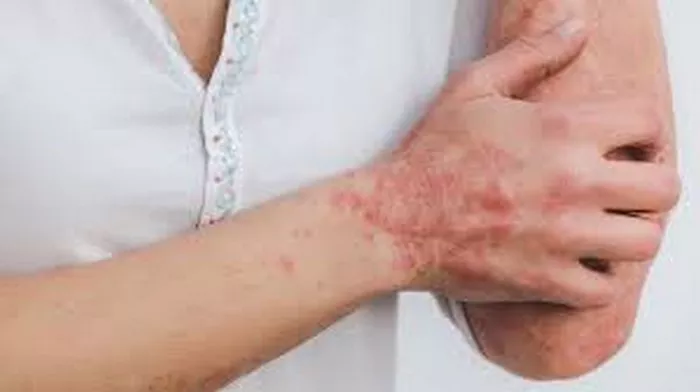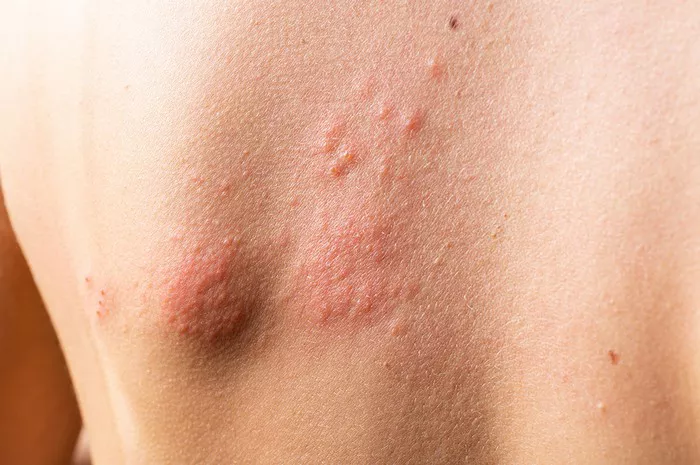Guttate psoriasis, a form of psoriasis characterized by small, red, teardrop-shaped spots, can be both physically and emotionally challenging to manage. While there is no cure for psoriasis, various treatments, including topical creams, can help alleviate symptoms and improve the quality of life for those affected. In this article, we will explore the best creams available for managing guttate psoriasis, considering their effectiveness, safety, and practicality in everyday use.
Understanding Guttate Psoriasis
Before delving into the best creams for guttate psoriasis, it’s essential to understand the condition itself. Guttate psoriasis typically appears suddenly, often following a bacterial or viral infection, such as strep throat. It tends to affect younger individuals and is characterized by small, red, scaly patches that may itch or burn. These lesions often appear on the trunk, limbs, and scalp and can sometimes clear up on their own within a few weeks or months. However, in many cases, treatment is necessary to manage symptoms and prevent flare-ups.
Treatment Options
Treatment for guttate psoriasis aims to reduce inflammation, alleviate itching, and promote the healing of skin lesions. While systemic medications and phototherapy may be recommended for severe cases, many individuals find relief through topical treatments, such as creams, ointments, and lotions. These products are applied directly to the affected areas and can help moisturize the skin, reduce inflammation, and slow down the rapid growth of skin cells characteristic of psoriasis.
Criteria for Choosing the Best Creams
When selecting a cream for guttate psoriasis, several factors should be considered:
Effectiveness: The cream should effectively reduce inflammation, itching, and redness associated with guttate psoriasis.
Safety: It should be safe for long-term use, with minimal risk of adverse effects or skin irritation.
Moisturizing Properties: Psoriasis can cause dry, flaky skin, so the cream should provide adequate moisturization to prevent further irritation.
Ease of Application: The cream should be easy to apply and integrate into daily skincare routines.
Cost: Affordability is an important consideration, especially for individuals who may require ongoing treatment.
Based on these criteria, several creams stand out as top contenders for managing guttate psoriasis:
1. Topical Steroids
Topical corticosteroids are often the first-line treatment for psoriasis due to their potent anti-inflammatory properties. These creams are available in various strengths, with higher potency formulations typically reserved for more severe cases. Commonly prescribed topical steroids include hydrocortisone, betamethasone, and clobetasol. While highly effective, long-term use of topical steroids can lead to skin thinning and other adverse effects, so they should be used sparingly and under the guidance of a healthcare professional.
2. Calcineurin Inhibitors
Calcineurin inhibitors, such as tacrolimus and pimecrolimus, work by inhibiting the immune response that contributes to psoriasis symptoms. These creams are particularly useful for sensitive areas of the skin, such as the face and genitals, where the use of steroids may be less desirable. While calcineurin inhibitors can be effective for treating guttate psoriasis, they may cause a burning sensation upon application and are generally more expensive than topical steroids.
3. Coal Tar Preparations
Coal tar has been used for decades to treat various skin conditions, including psoriasis. Coal tar preparations, available in creams, ointments, and shampoos, help reduce inflammation, itching, and scaling associated with psoriasis. While not as commonly prescribed as topical steroids or calcineurin inhibitors, coal tar products offer a safe and cost-effective alternative for individuals seeking relief from guttate psoriasis.
4. Moisturizing Creams
In addition to medicated treatments, moisturizing creams play a vital role in managing guttate psoriasis by hydrating the skin and preventing dryness and irritation. Emollients containing ingredients such as petrolatum, glycerin, and ceramides help restore the skin’s natural barrier function and soothe inflammation. While moisturizing creams may not directly treat psoriasis lesions, they can significantly improve the overall health and appearance of the skin, making them an essential component of psoriasis management.
5. Prescription Combination Therapies
In some cases, healthcare providers may recommend combination therapies that incorporate multiple active ingredients to target different aspects of psoriasis pathology. For example, a combination cream containing a topical steroid, a calcineurin inhibitor, and a moisturizer may provide comprehensive relief for individuals with moderate to severe guttate psoriasis. While combination therapies may be more expensive and require a prescription, they offer the advantage of addressing multiple symptoms simultaneously.
Conclusion
Managing guttate psoriasis requires a multifaceted approach that addresses inflammation, itching, and dryness while minimizing the risk of adverse effects. While there is no one-size-fits-all solution, topical creams play a crucial role in symptom management and improving the quality of life for individuals with psoriasis. By considering factors such as effectiveness, safety, moisturizing properties, ease of application, and cost, individuals can work with their healthcare providers to find the best cream for their unique needs. Whether opting for traditional treatments like topical steroids and coal tar preparations or exploring newer alternatives such as calcineurin inhibitors, finding relief from guttate psoriasis is achievable with the right combination of skincare products and medical guidance.
























